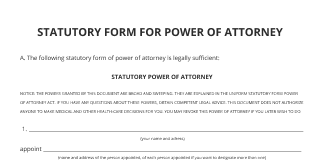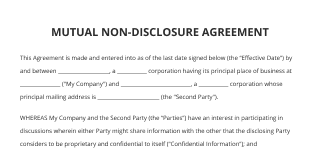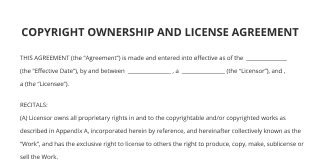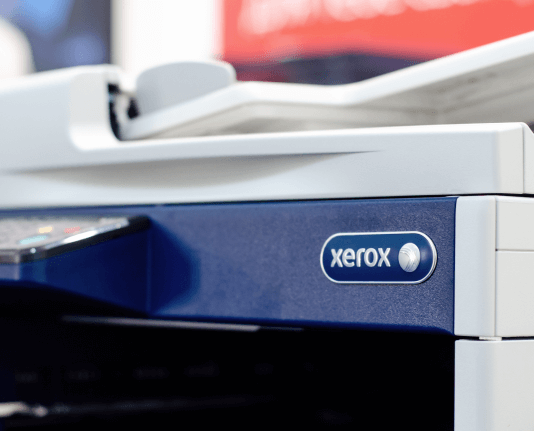Understanding the Difference between a Purchase Order and an Invoice
Move your business forward with the airSlate SignNow eSignature solution
Add your legally binding signature
Integrate via API
Send conditional documents
Share documents via an invite link
Save time with reusable templates
Improve team collaboration
See airSlate SignNow eSignatures in action
Understanding Purchase Orders
A purchase order (PO) is a formal document issued by a buyer to a seller, indicating the types, quantities, and agreed prices for products or services. It serves as a legally binding agreement once accepted by the seller. Purchase orders help businesses manage their purchasing processes, ensuring that they maintain accurate records of what has been ordered and the costs associated with those orders.
When a business issues a purchase order, it typically includes essential details such as:
- Purchase order number
- Vendor information
- Item descriptions
- Quantities and prices
- Delivery dates
- Payment terms
This structured format allows for clear communication between buyers and sellers, reducing the risk of misunderstandings and disputes.
Defining Invoices
An invoice is a document sent by a seller to a buyer, requesting payment for goods or services provided. It outlines the details of the transaction, including the total amount due, payment terms, and due date. Unlike purchase orders, invoices are generated after the goods or services have been delivered.
Key components of an invoice typically include:
- Invoice number
- Seller's contact information
- Buyer's contact information
- Itemized list of products or services
- Total amount due
- Payment instructions
Invoices are crucial for maintaining financial records and ensuring timely payments, serving as a formal request for payment once the transaction is complete.
Key Differences Between Purchase Orders and Invoices
The primary difference between a purchase order and an invoice lies in their purpose and timing within the transaction process. A purchase order is created before the transaction takes place, serving as an order confirmation, while an invoice is issued after the goods or services have been delivered, acting as a request for payment.
Here are some specific distinctions:
- Timing: Purchase orders are issued before delivery; invoices are sent after.
- Function: Purchase orders confirm an order; invoices request payment.
- Legal standing: Purchase orders are contracts; invoices are payment requests.
- Document type: Purchase orders are typically internal documents; invoices are external communications.
Understanding these differences helps businesses streamline their procurement and payment processes, ensuring clarity in financial transactions.
Practical Applications in Digital Workflows
In a digital document workflow, both purchase orders and invoices can be created, sent, and stored electronically, enhancing efficiency and organization. Using tools like airSlate SignNow, businesses can prepare and send these documents quickly and securely.
For example:
- Prepare a purchase order using customizable templates, ensuring all necessary details are included.
- Send the purchase order for electronic signature, confirming the agreement with the vendor.
- Create and send invoices directly after fulfilling an order, ensuring timely payment.
- Store all documents in a secure digital format, making retrieval easy for future reference.
These practices not only save time but also reduce the likelihood of errors, contributing to smoother operations.
Benefits of Using Digital Solutions for Purchase Orders and Invoices
Utilizing digital solutions for managing purchase orders and invoices offers several advantages:
- Increased efficiency: Automating the creation and sending of documents speeds up the process.
- Improved accuracy: Digital forms reduce the risk of human error in data entry.
- Better tracking: Electronic systems allow for easy monitoring of document status and payment timelines.
- Enhanced security: Digital documents can be securely stored and shared, protecting sensitive information.
By integrating these digital practices, businesses can enhance their operational workflows and maintain better control over their financial transactions.
airSlate SignNow solutions for better efficiency
Our user reviews speak for themselves






Why choose airSlate SignNow
-
Free 7-day trial. Choose the plan you need and try it risk-free.
-
Honest pricing for full-featured plans. airSlate SignNow offers subscription plans with no overages or hidden fees at renewal.
-
Enterprise-grade security. airSlate SignNow helps you comply with global security standards.

Grasping the distinction between a purchase order and an invoice
In the realm of business dealings, grasping the distinction between a purchase order and an invoice is essential. Both documents hold important roles in the procurement process, yet they fulfill different functions. This guide will assist you in exploring the advantages of utilizing airSlate SignNow for effectively managing these documents.
Steps to examine the distinction between a purchase order and an invoice using airSlate SignNow
- Launch your web browser and go to the airSlate SignNow website.
- Establish a free trial account or log in if you already possess one.
- Choose the document you intend to sign or send for signatures.
- If you plan to reuse this document, save it as a template for future reference.
- Access your document and make necessary adjustments, such as incorporating fillable fields.
- Sign the document and add signature fields for the recipients.
- Click 'Continue' to set up and send an eSignature invitation.
airSlate SignNow provides an effective solution for companies aiming to enhance their document signing workflows. With a comprehensive feature set that delivers outstanding return on investment, it is crafted to be user-friendly and scalable, making it suitable for small to mid-sized enterprises.
Experience clear pricing with no concealed charges and obtain exceptional 24/7 assistance with all paid plans. Begin your experience with airSlate SignNow today and revolutionize how you handle your documents!
How it works
airSlate SignNow features that users love
Get legally-binding signatures now!
FAQs
-
Can you invoice without a PO?
Just as it sounds, a non-PO invoice is when someone in your organization purchases an item or service without a purchase order. Having a PO for the invoice can save man-hours as it captures the quantity, quality, price, buyer details, and links it back to the supplier – and it can even contain the appropriate coding. -
What is the relationship between PO and invoice?
Although it is not a legal requirement, using a purchase order document to buy goods or request services, with a vendor later invoicing the buyer, can reduce misunderstandings, errors, duplicate payments, and financial issues down the line. -
Do you raise a PO before an invoice?
A purchase order is sent by the buyer to the vendor in order to track and manage the purchasing process, whereas an invoice is sent by the vendor to the buyer as an official payment request for the goods or services that the vendor has provided. -
Can you issue an invoice without a purchase order?
Just as it sounds, a non-PO invoice is when someone in your organization purchases an item or service without a purchase order. Having a PO for the invoice can save man-hours as it captures the quantity, quality, price, buyer details, and links it back to the supplier – and it can even contain the appropriate coding. -
What is a non-PO based invoice?
Meaning of Non-PO Invoice A non-PO invoice doesn't have any associated Purchase Orders (PO), and these are usually the result of spending outside of the usual procurement process. These are also known as expense invoices and are typically used for indirect purchases. -
Does every invoice need a purchase order?
No. A purchase order is prepared before goods are shipped by the vendor and received by the customer. At that time, the customer isn't required to pay unless the vendor invoices them for a down payment. A receipt or statement received after customer payment that's marked paid from the supplier is proof of payment.
What active users are saying — difference between a purchase order and an invoice
Related searches to Understanding the difference between a purchase order and an invoice
Get more for difference between a purchase order and an invoice
- Simplify client list management with airSlate SignNow
- Optimize your workflow with client list software
- Enhance your business with our client loyalty platform
- Unlock your client loyalty system with airSlate SignNow
- Streamline your client management with airSlate SignNow
- Transform your workflow with our client management application
- Elevate your client management data with airSlate SignNow
- Transform your client management platform with airSlate SignNow
Find out other difference between a purchase order and an invoice
- Make the most out of our AI-driven tools to compare ...
- Make the most out of our AI-driven tools to copy ...
- Make the most out of our AI-driven tools to create ...
- Make the most out of our AI-driven tools to create ...
- Make the most out of our AI-driven tools to eSign ...
- Make the most out of our AI-driven tools to eSign Word ...
- Make the most out of our AI-driven tools to extract ...
- Make the most out of our AI-driven tools to fill and ...
- Make the most out of our AI-driven tools to get ...
- Make the most out of our AI-driven tools to insert ...
- Make the most out of our AI-driven tools to save ...
- Make the most out of our AI-driven tools to sign ...
- Make the most out of our AI-driven tools to sign basic ...
- Make the most out of our AI-driven tools to sign ...
- Make the most out of our AI-driven tools to sign it ...
- Make the most out of our AI-driven tools to sign lease ...
- Make the most out of our AI-driven tools to sign online ...
- Make the most out of our AI-driven tools to sign PDF ...
- Make the most out of our AI-driven tools to sign real ...
- Make the most out of our AI-driven tools to sign ...






























